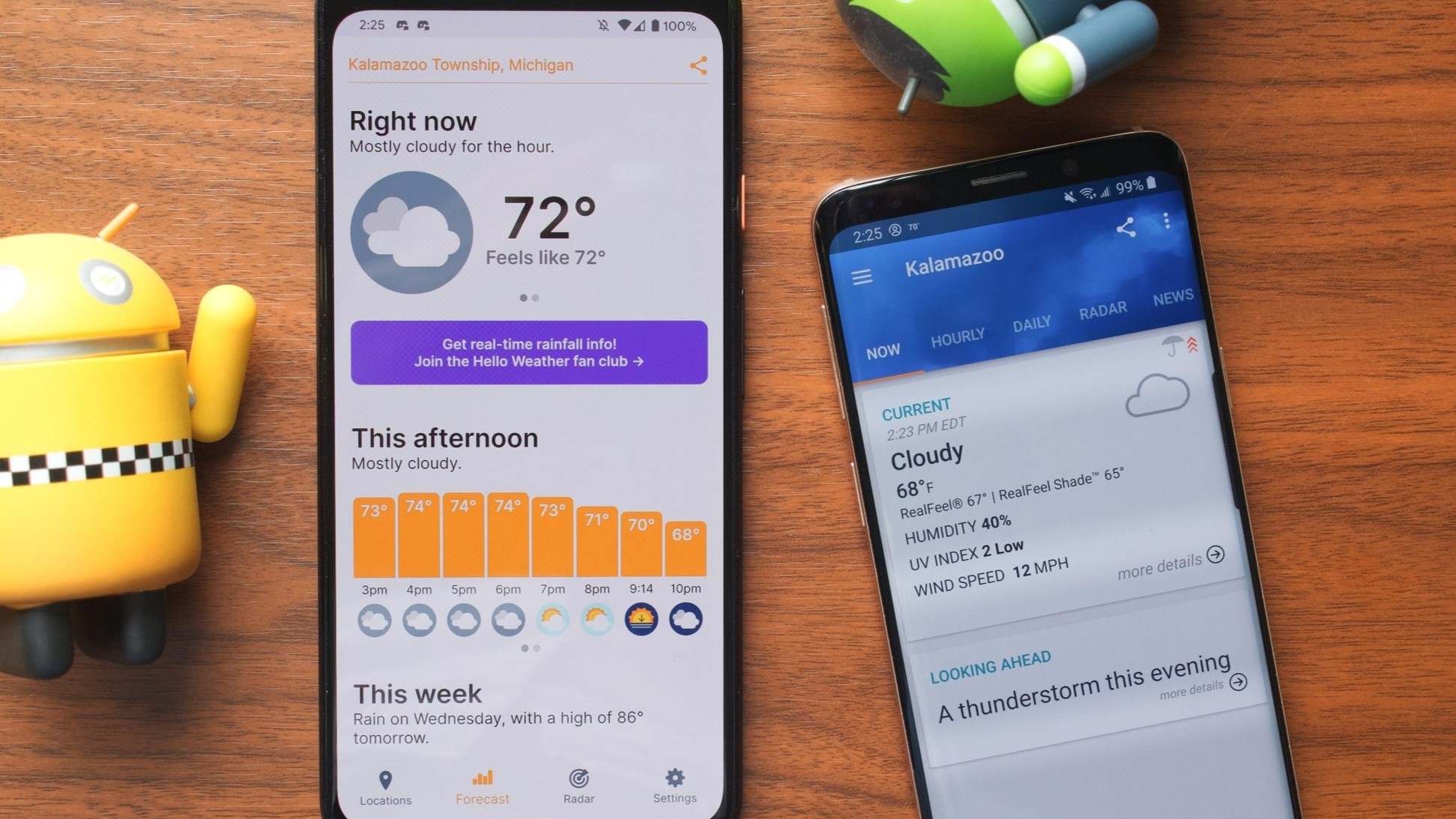What you need to know
- Google published a research paper about a new generative AI model for weather forecasting called Scalable Ensemble Envelope Diffusion Sampler (SEEDS).
- Weather forecasting can be expensive, especially when highly trained AI models and supercomputers are involved, and that’s where SEEDS comes into play.
- Right now, Google’s weather-forecasting AI models are comparable in accuracy to other methods, but they are much more efficient and cost-effective.
Even with detailed weather information in the palm of our hands, thanks to our smartphones, the weather consistently surprises us. Weather forecasting won’t ever be perfect, but there may be room for it to improve, thanks to emerging technology. Using fancy artificial intelligence models and supercomputers seems like an obvious solution, but those options come with high costs. However, Google thinks it can make medium-range weather forecasting more efficient with generative artificial intelligence.
Google recently published a report and subsequent blog post on SEEDS, an AI model that stands for Scalable Ensemble Envelope Diffusion Sampler (via Android Police). The company cites the problem with current methods for weather forecasting, such as physics-based simulation. While accurate, physics-based simulation becomes incredibly expensive at a large scale.
By comparison, Google says that SEEDS can “efficiently generate ensembles of weather forecasts at scale at a small fraction of the cost of traditional physics-based forecasting models.”
Introducing SEEDS, our newest generative AI technology that advances medium-range weather forecasting. We can now generate ensemble forecasts more efficiently, helping us better predict rare and extreme weather events. 🌩️ #WeatherForecasting Learn more at pic.twitter.com/iLOEWVZelSMarch 29, 2024
As they currently stand, AI models are not more accurate than other weather forecasting methods, but they are comparable. In the future, models like SEEDS could grow to be more accurate than physics-based models. However, a more realistic future could see a mix of physics-based models and generative AI models used to balance accuracy, efficiency, and scalability.
“SEEDS leverages the power of generative AI to produce ensemble forecasts comparable to those from the operational U.S. forecast system, but at an accelerated pace,” Google says. “The results reported in this paper need only 2 seeding forecasts from the operational system, which generates 31 forecasts in its current version.”
Google thinks that the increased efficiency of generative AI could allow weather reporting institutions to invest in forecasting in different ways. If a model like SEEDS could take a few physics-based models and turn them into a multitude of weather distributions, the money and resources saved from using fewer traditional simulations could fund a greater number of forecasts released more often. Alternatively, Google says the extra resources could be used to create more detailed physics-based models.
The SEEDS model joins MetNet-3 and GraphCast as Google’s newest weather-related technologies. Whether or not SEEDS ever powers a consumer-grade product, it’s cool to see use cases for AI outside of chatbots and image generators.
